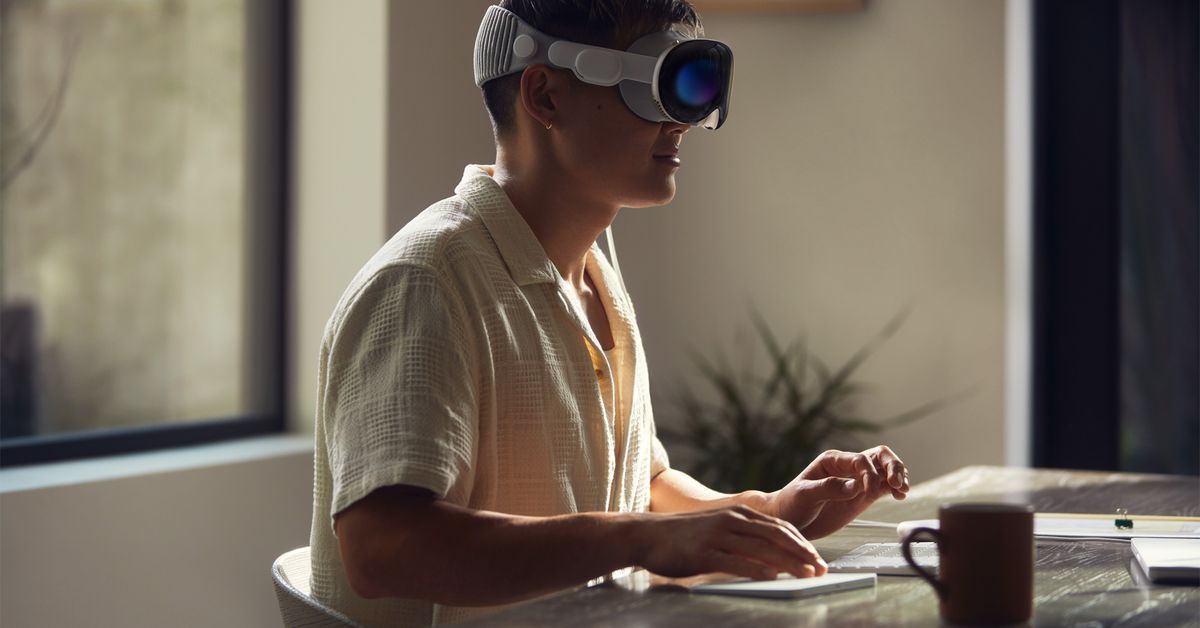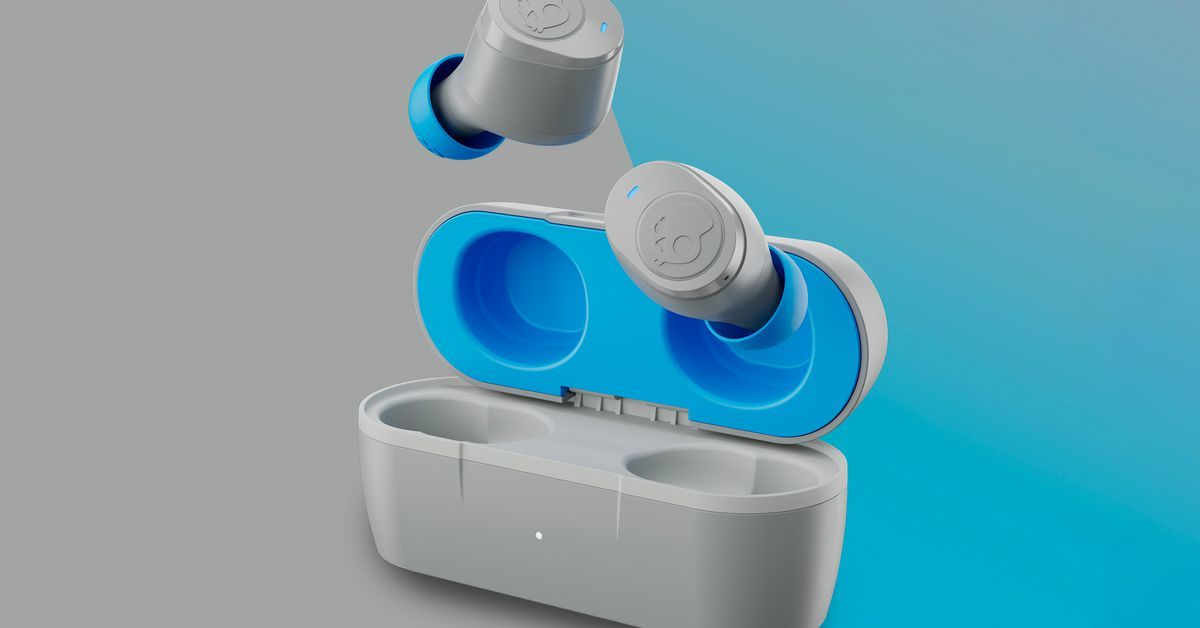Apple made a VR headset, but it’ll never admit it
As Apple CEO Tim Cook was winding up to reveal the company’s new Vision Pro headset on Monday, I was struck by his very particular choice of words: “So today, I’m excited to announce an entirely new AR platform with a revolutionary new product.”
Catch that? He didn’t say “VR” or “virtual reality,” which might have positioned the headset and its new software more directly against Meta’s headsets. Before we knew anything about the Vision Pro — what it looked like, what it could do, what it cost — Cook said that Apple was announcing a new augmented reality platform, setting us up for a device that would enhance and not obscure the world around us.
Though Apple made its Vision Pro and visionOS pitch all about augmented reality, the device is definitely a VR headset. Many of the things Apple said it can do are things we’ve seen in VR before. Floating windows for apps. Giant screens for videos. 3D experiences and movies. And like Meta’s line of Quest headsets, the Vision Pro is a computer strapped right in front of your eyes.
Apple’s aversion to VR speaks to the company’s differing pitch for how we use these devices. While Meta wants you to live in that computer on your face, Apple instead wants to put virtual computers into your actual world:
Apple didn’t show off any connected virtual spaces like you might find in Meta’s Horizon Worlds metaverse platform, for example, and steered clear of the idea of the metaverse entirely. (Not surprising.)
Meta offers work-focused VR spaces with Horizon Workrooms, but Apple’s idea of collaborative work with a headset is essentially an upgraded Zoom call.
Apple avoided turning its Memoji avatars into cartoony VR characters; instead, Apple wants you to talk to other people with a realistic digital version of yourself that’s scanned into the headset.
And so far, Apple has only shown games that you play with a traditional gamepad. There are seemingly no Beat Saber-like VR games just yet.
Apple is intentionally avoiding other VR tropes by making sure that “you’re never isolated from the people around you” with the headset, Apple’s Alan Dye, VP of human interface design, said during the keynote. (You don’t say?) The Vision Pro’s EyeSight feature, which lets you see the eyes of the person wearing a Vision Pro on the device’s outer screen, could be a passable way to simulate eye contact. When I’m wearing Meta’s Quest 2, anyone in the same room as me can’t look me in the eye unless I physically remove the headset from my face.
And while Apple does let you move in and out of total immersion with a digital crown on the Vision Pro, the headset’s outer screen can show an animation when a user is fully immersed in something. That could be a helpful external clue for anybody trying to get your attention; again, if I’m wearing the Quest 2, someone nearby might just have to shout at me.
“Spatial computer”
It’s also notable that Apple’s press release about the Vision Pro doesn’t say the words “virtual reality,” “VR,” or even “headset”; it’s labeling the device a “spatial computer.” Sure, part of this is just Apple branding. But it also leaves wiggle room for the likely future of this technology that looks nothing like a bulky VR headset: AR glasses.
In retrospect, I shouldn’t have been surprised that Apple avoided branding the Vision Pro with virtual reality, especially since Cook has been singing the praises of AR for years. That said, AR just isn’t where it needs to be to really make something like those rumored AR glasses, which could be very, very far away.
Source: The Verge


